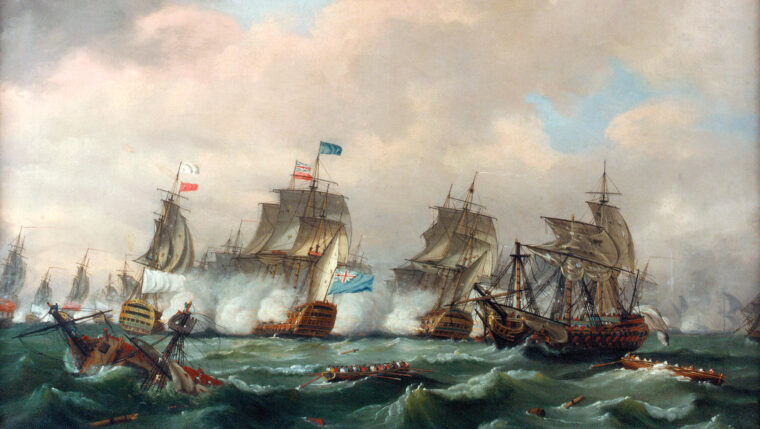
Latest Posts
‘Tis To Glory We Steer
By David A. NorrisBrimming with gale force winds, uncharted reefs, and a force of 21 enemy ships of the line, the bay seemed to be a deathtrap for the flagship Royal George. Read more
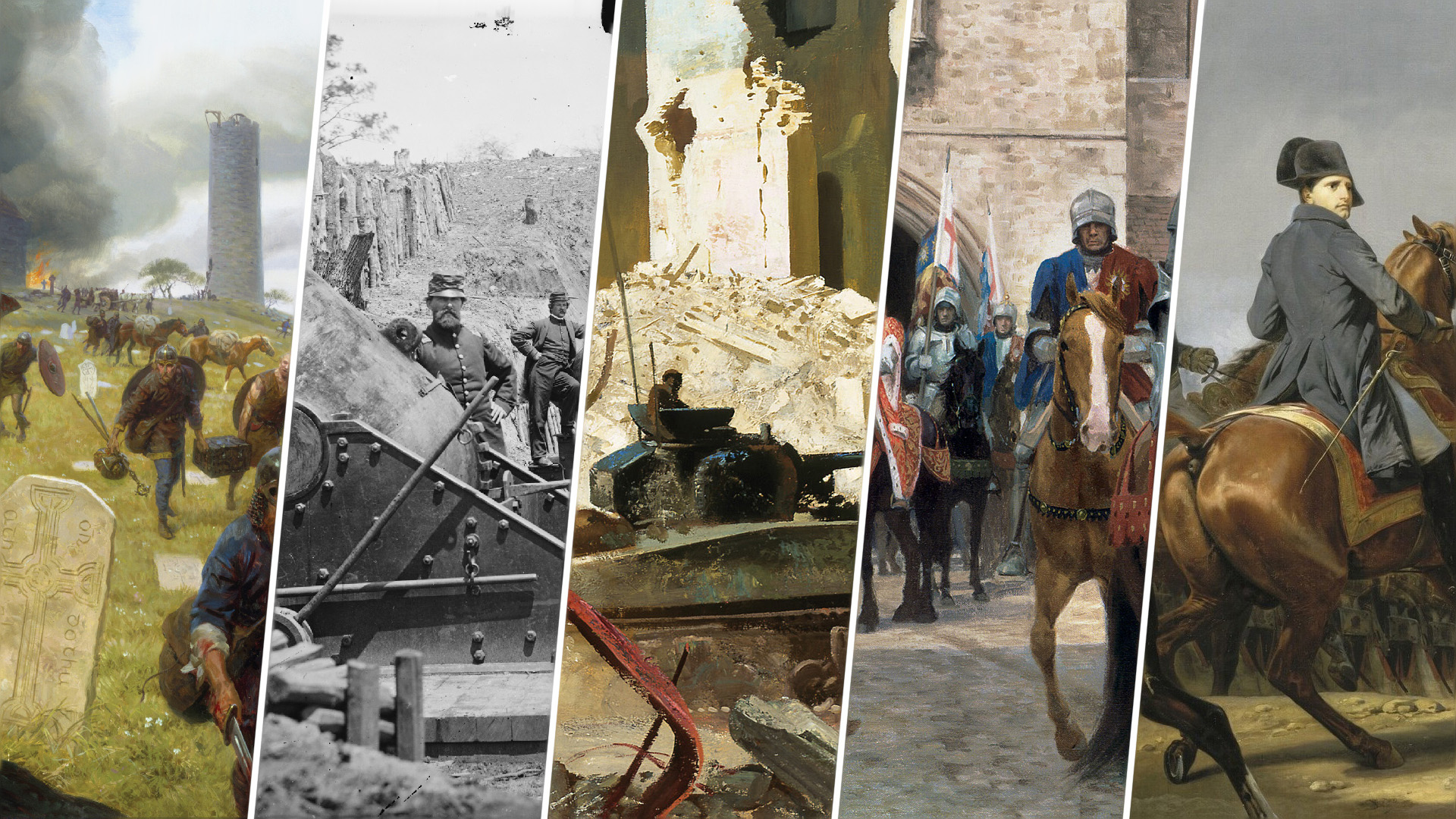

Latest Posts
Brimming with gale force winds, uncharted reefs, and a force of 21 enemy ships of the line, the bay seemed to be a deathtrap for the flagship Royal George. Read more
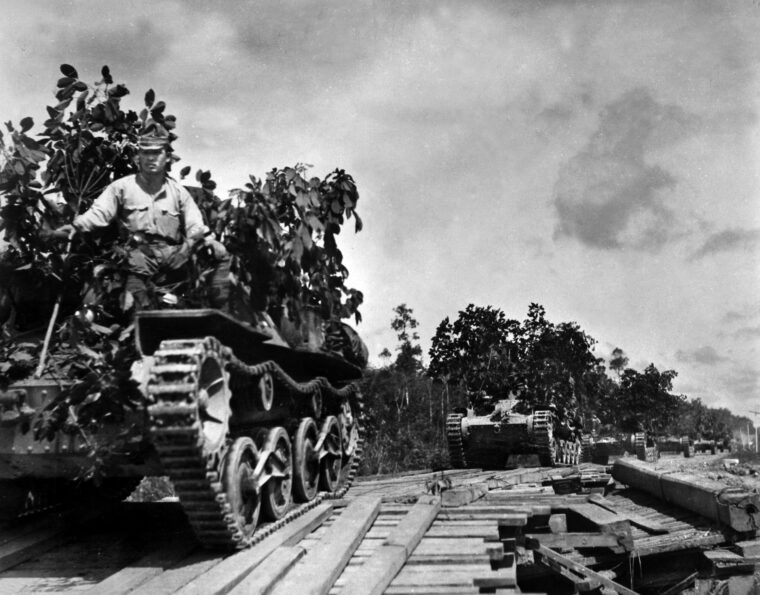
Latest Posts
Admiral Isoruku Yamamoto was not the only gambler in Imperial Japan’s military hierarchy. Lt. Gen. Tomoyuki Yamashita, appointed commander of the Imperial Japanese Army’s (IJA) 25th Army on November 2, 1941, to lead the invasion of Malaya and Singapore, also took risks to capture the prized British territory in less than 100 days after his invasion commenced on December 8. Read more
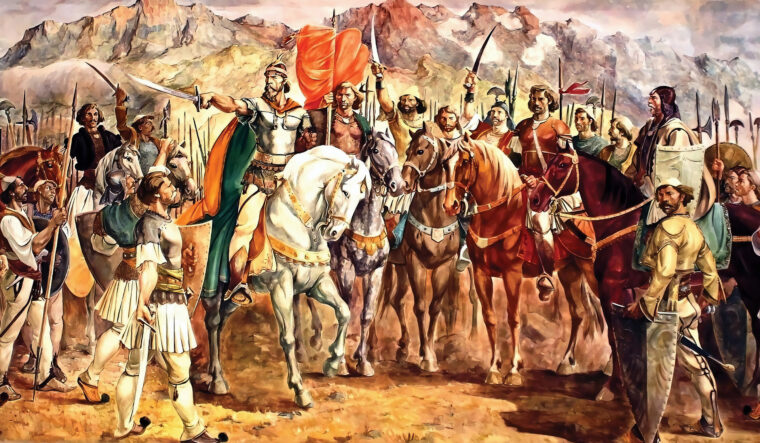
Latest Posts
On December 12, 1466, a small group of horsemen led by an old man with a long white beard rode up to the gates of Rome. Read more
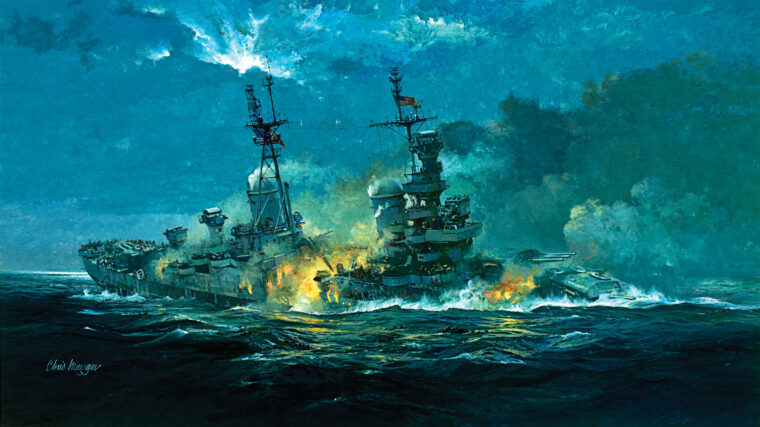
Latest Posts
By Flint Whitlock
The mission was top secret. The heavy cruiser USS Indianapolis (CA-35) had just delivered the last parts of the atomic bomb from California to the island of Tinian and was heading, unescorted, to Guam when it was intercepted by a Japanese submarine, the I-58, and torpedoed on July 30, 1945. Read more
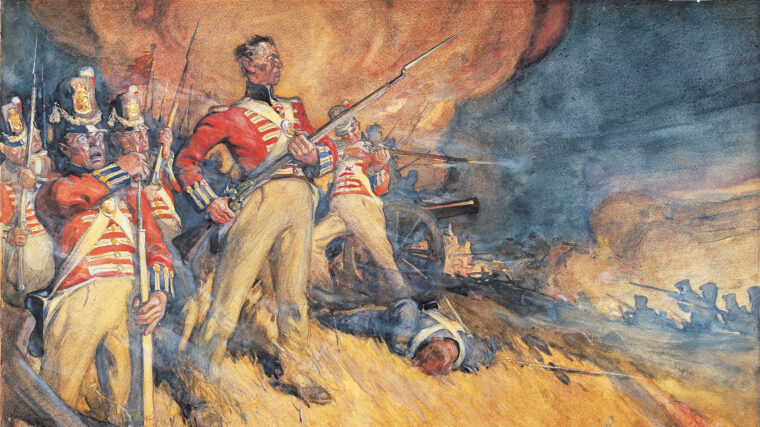
Latest Posts
Few in the unincorporated community in Baltimore County that bears his name know of the deeds of the eminent American brevet Maj. Read more
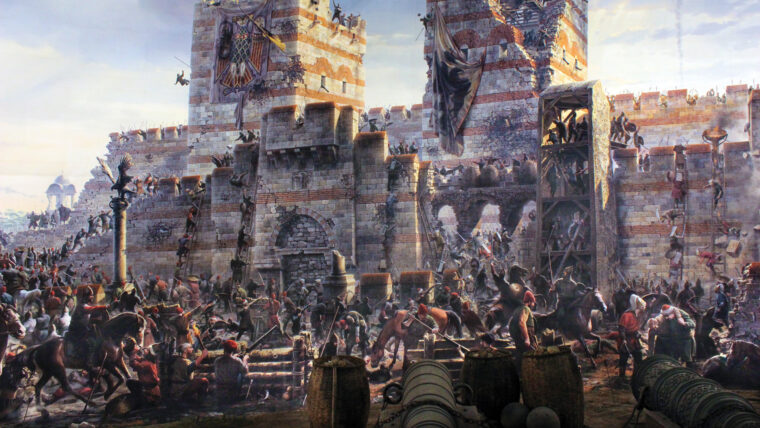
Latest Posts
Duke Philip III “The Good” of Burgundy took responsibility in the early 15th century for overseeing intelligence missions to the Near East to assess the strength of the Ottoman Empire relative to the relief of the beleaguered Byzantines, as well as the possible recovery of Jerusalem. Read more
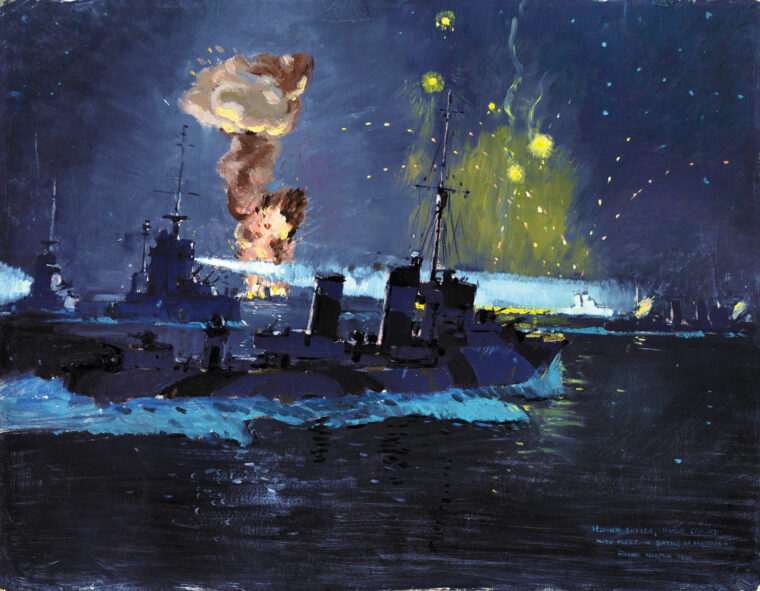
Latest Posts
The son of Prince Andrew of Greece and Denmark and Princess Alice of Battenberg, Prince Philip was the last of five children and a great-great grandchild of Queen Victoria. Read more
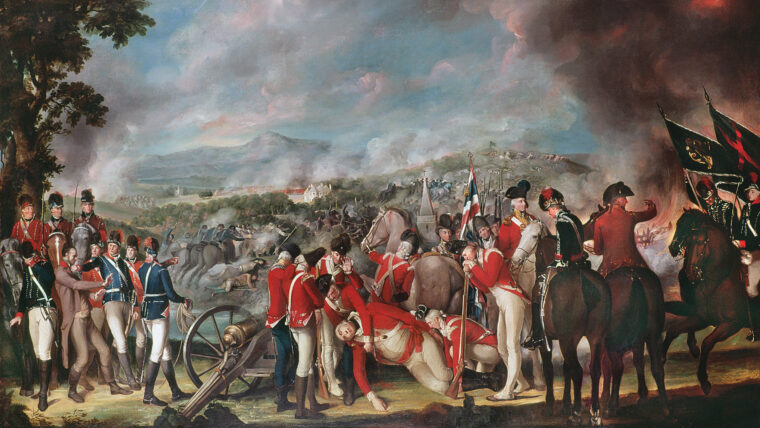
Latest Posts
An army of redcoat regulars and militia gazed up the contours of Vinegar Hill in County Wexford, Ireland. Read more
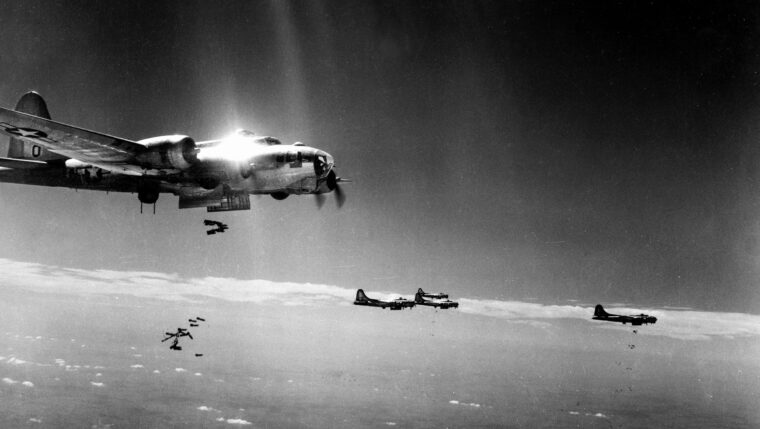
Latest Posts
By Allyn Vannoy
Six B-17G’s of the 416th Bombardment Squadron of the 99th Bomb Group, 15th Air Force, led by Captain B.E. Read more
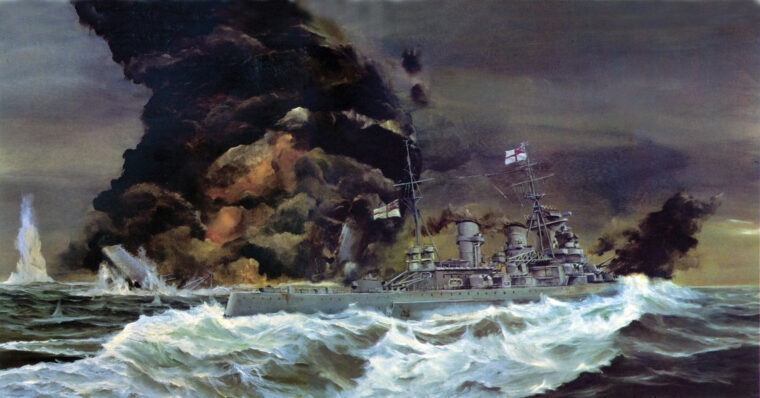
Latest Posts
by Mark Carlson
The era of the battleship reached its apogee at Tsushima Strait in May 1905, when Admiral Heihachiro Togo’s powerful Japanese battleships annihilated the Russian fleet in the Russo-Japanese War. Read more
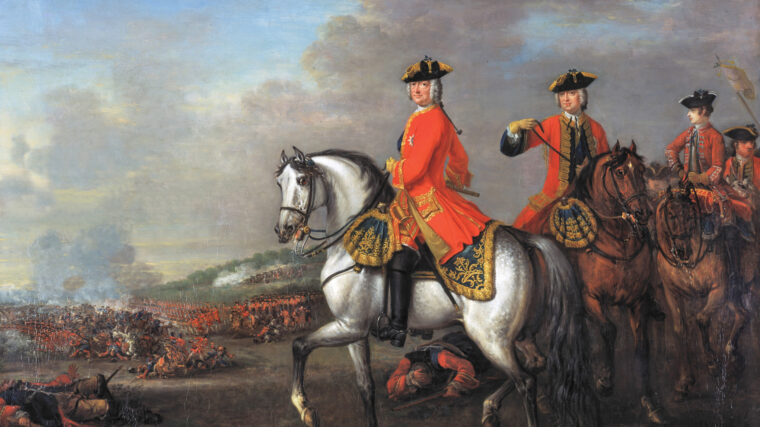
Latest Posts
It sounds like it might have been a scene from the Middle Ages. A king of England with sword in hand led his forces against their longtime enemies, the French. Read more
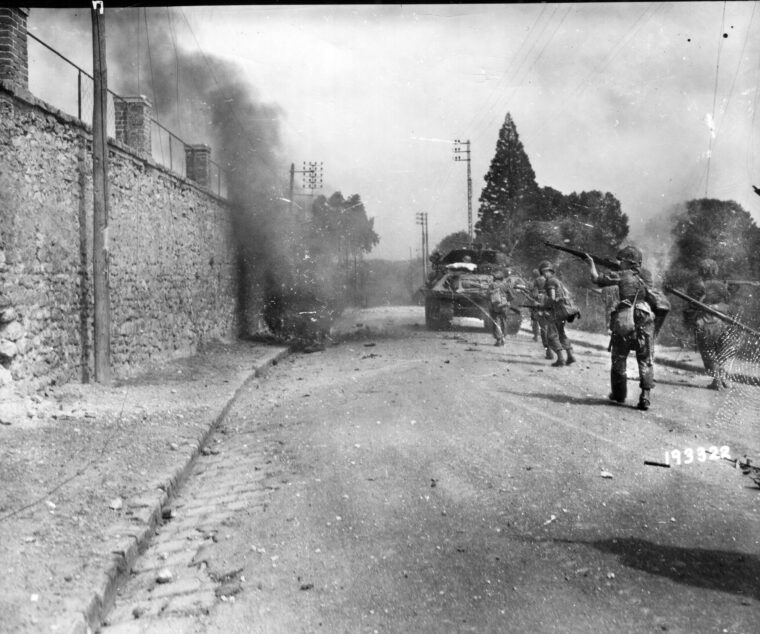
Latest Posts
On August 14, 1944, Lt. Gen. George S. Patton, Jr., paused after his daily staff conference to offer a short speech about the accomplishments of his Third Army. Read more
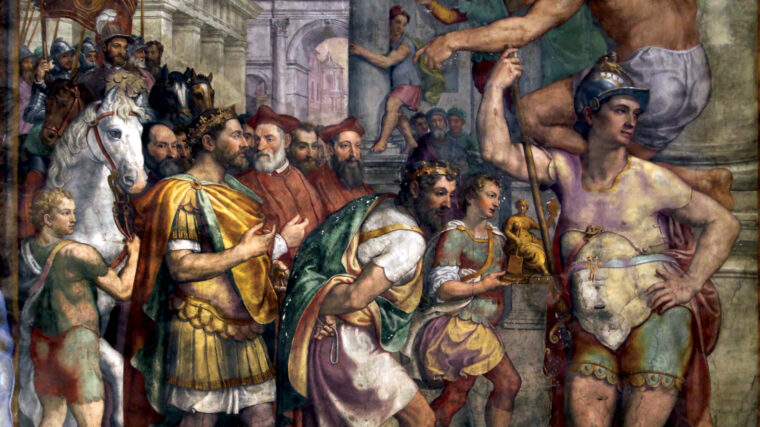
Latest Posts
An event of great significance in early medieval Europe occurred in 753, when newly ensconced Pope Stephen II decided to journey north to Metz to confer with Frankish King Pepin III (known as “The Short”). Read more
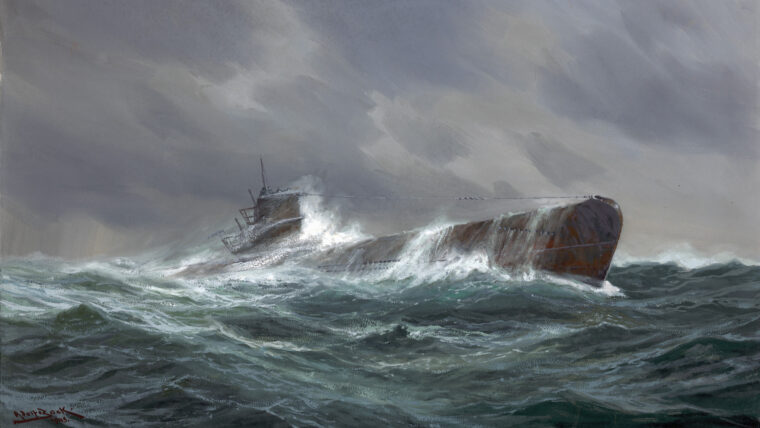
Latest Posts
On the evening of October 13, 1939, The German submarine U-47 surfaced off the Orkney Islands in the North Sea. Read more
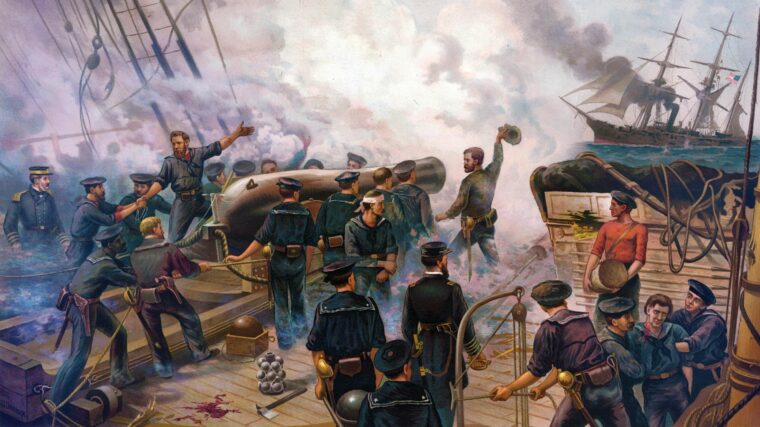
Latest Posts
To the Uttermost Ends of the Earth: The Epic Hunt for the South’s Most Feared Ship – and the Greatest Sea Battle of the Civil War (Phil Keith with Tom Clavin, Hanover Square Press, Toronto, Ontario Canada, 2022, 304 pp., Read more
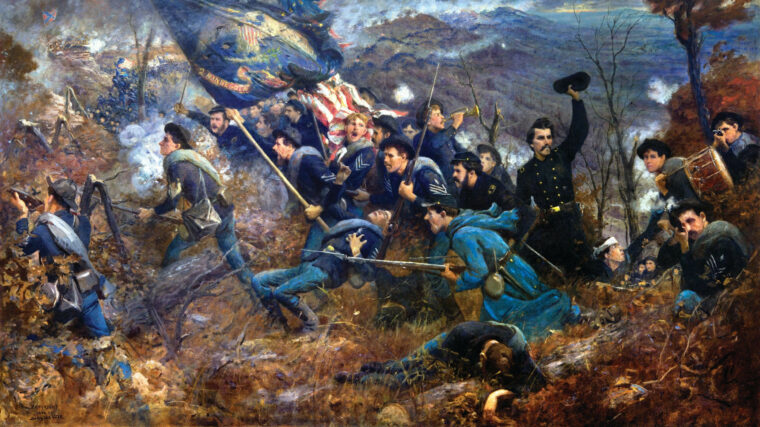
Latest Posts
It was the afternoon of September 20, 1863, and the right wing of the Union Army of the Cumberland was in full flight at the battle of Chickamauga in northern Georgia. Read more
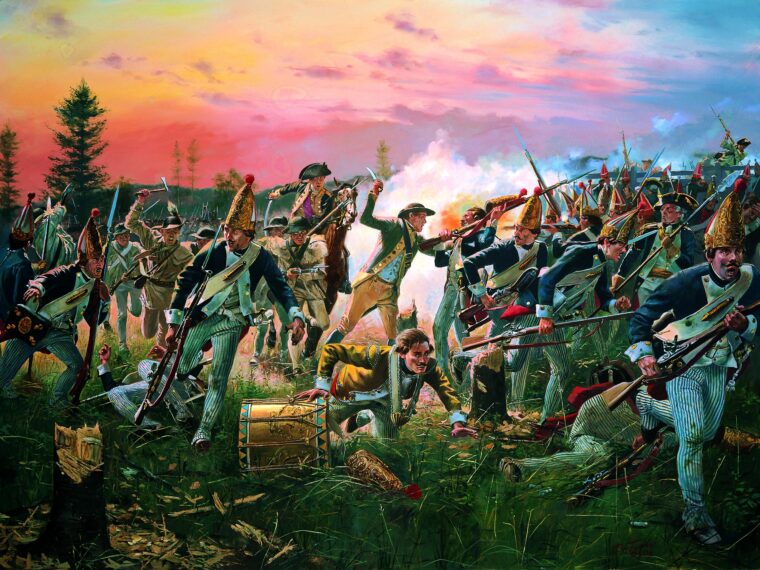
Latest Posts
The maxim “an army marches on its stomach,” attributed to both Napoleon and Frederick the Great rings true when considering the fate of Maj. Read more
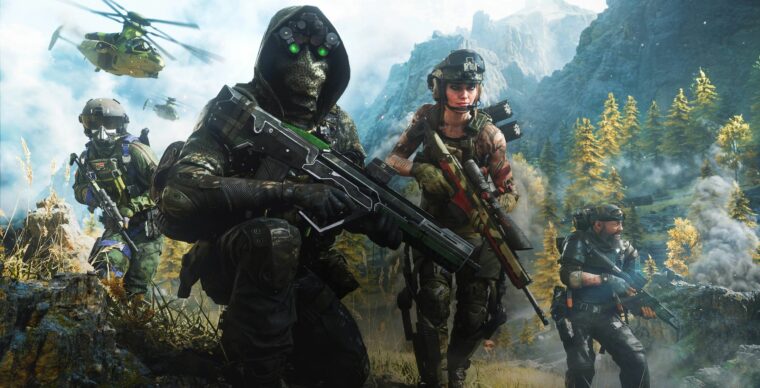
Latest Posts
When Battlefield 2042 Season 1 first dropped back in June, our first thoughts were, “hold on, didn’t Battlefield 2042 come out back in November 2021?” Read more
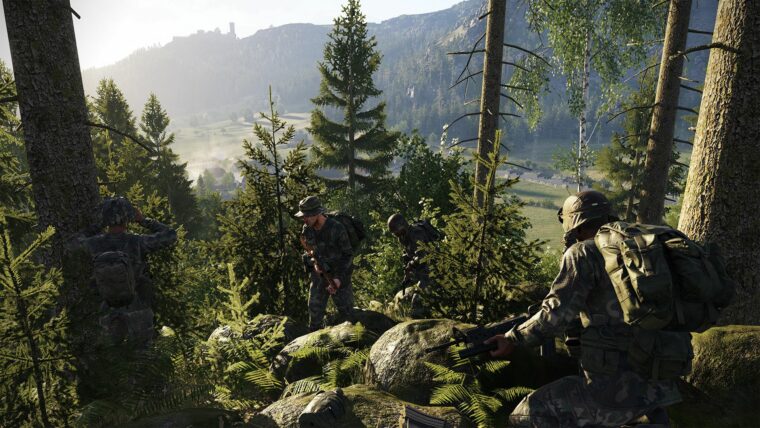
Latest Posts
Amazingly, it’s been nearly a decade since the last main game in the ARMA series—2013’s ARMA 3, which was followed by a standalone mobile game titled ARMA Mobile Ops in 2016 that we won’t count as a true entry—was released. Read more
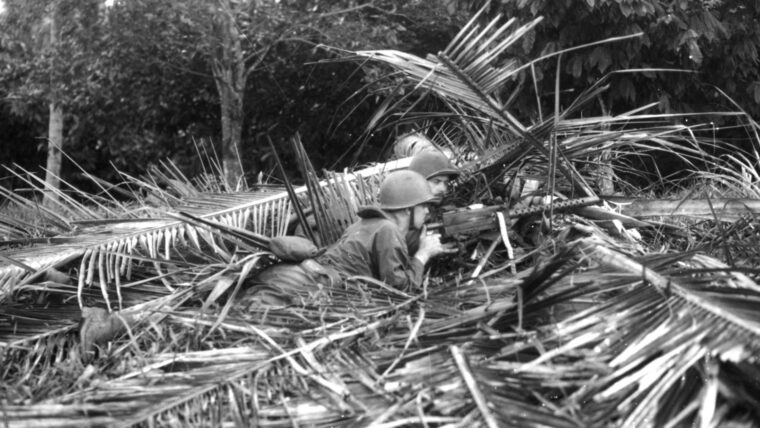
Latest Posts
In the darkness, the two American submarines moved toward the hostile beach, inching carefully through badly marked waters. Read more